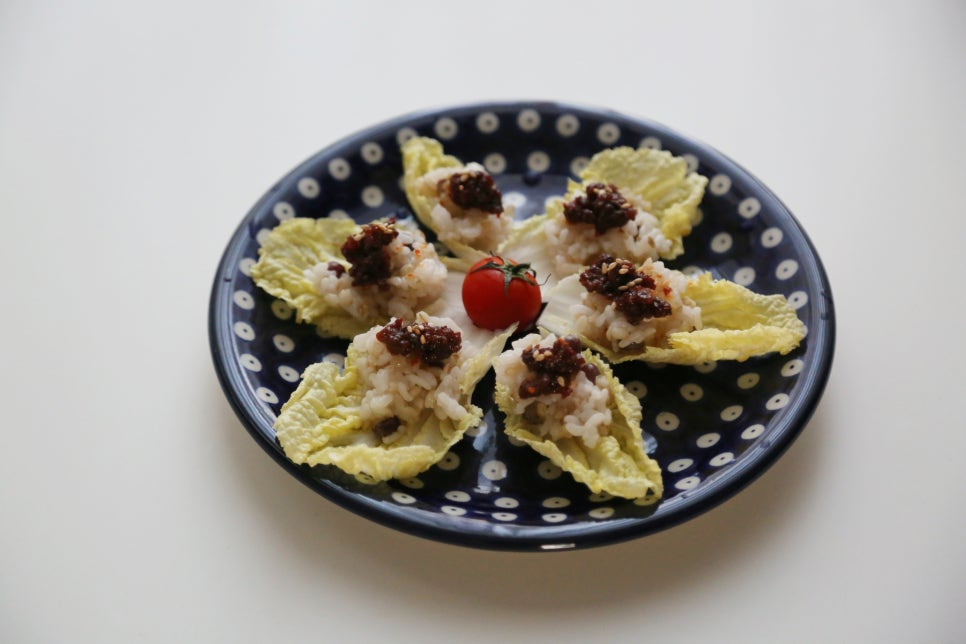Hearty Beef Ssamjang (Spicy Fermented Bean Paste) Recipe
Homemade Beef Ssamjang: The Ultimate Sauce for Bibimbap and Ssam-bap

Discover how to make a delicious and nutritious Ssamjang using ground beef. This versatile Korean condiment is perfect for enhancing your Bibimbap (mixed rice) or Ssam-bap (rice wrapped in leaves). Its rich, savory flavor will elevate your meals and become a staple in your kitchen!
Ingredients- 300g ground beef (lean cut recommended)
- 3 Tbsp Gochujang (Korean chili paste, generously scooped)
- 3 Tbsp Oligodang (corn syrup or other liquid sweetener)
- 1 Tbsp sugar
Cooking Instructions
Step 1
Bring a generous amount of water to a rolling boil in a pot over high heat. Once boiling, add the ground beef and break it apart with chopsticks. Cook for about 3 minutes. This step helps to remove impurities and ensures a cleaner flavor.

Step 2
Drain the cooked beef and rinse it under cold running water. Place the rinsed beef in a sieve to drain excess water thoroughly. Ensuring the beef is well-drained prevents it from clumping when sautéed.

Step 3
Heat a pan over medium heat. Add the drained ground beef and sauté until any remaining moisture evaporates and the beef becomes crumbly. This process enhances the beef’s natural savory flavor. Stir occasionally to prevent sticking.

Step 4
Once the beef is mostly dry and crumbly, add the Gochujang, Oligodang, and sugar to the pan. This combination creates a perfect balance of savory, sweet, and spicy notes.

Step 5
Reduce the heat to low and stir-fry the mixture, ensuring the Gochujang doesn’t burn. Continuously stir and mix well with a spatula, scraping the bottom of the pan, to evenly distribute the flavors and deepen the taste.

Step 6
Continue to stir-fry until the Gochujang darkens in color and develops a glossy sheen. This slow cooking process allows the flavors to meld beautifully, resulting in a rich and intensely flavored Ssamjang. You’ll know it’s ready when a wonderful aroma fills your kitchen!

Step 7
Serve this delicious Beef Ssamjang over a bowl of warm rice for a hearty Bibimbap, or use it as a flavorful wrap filling with fresh lettuce or blanched cabbage leaves. Enjoy your delicious meal!




